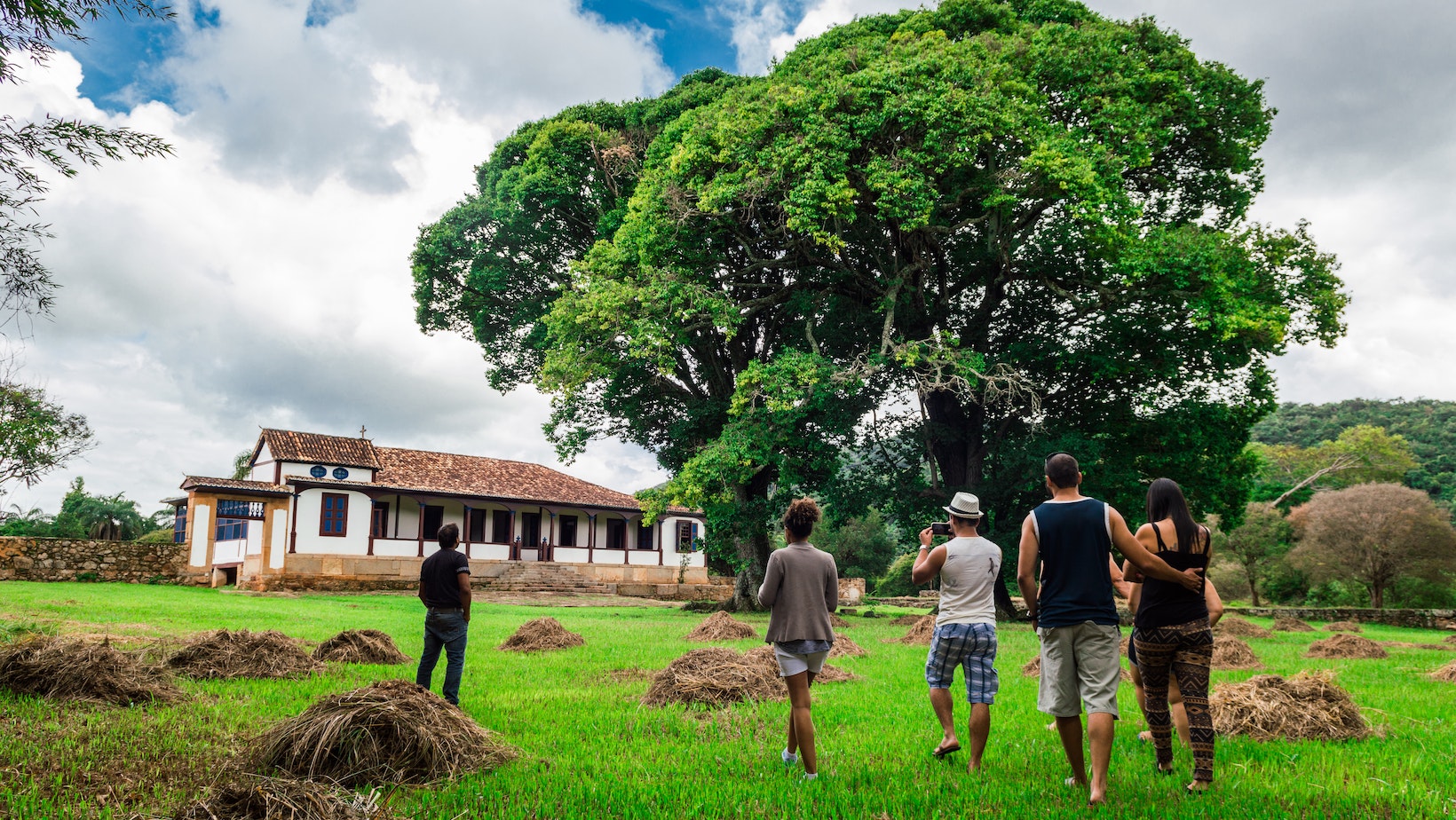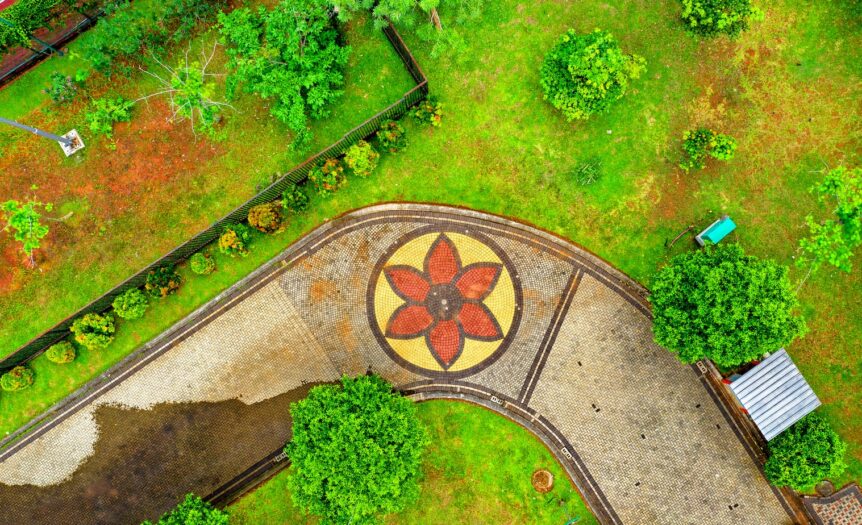If you have ample backyard space, you need to think of ways to maximize it. One way is doing backyard landscaping. It’s an excellent strategy to improve your space’s aesthetic appeal. It also provides a space where you can relax and entertain.
Planning and executing a landscaping project might be daunting if you’re a beginner. But it doesn’t mean you should brush away the idea. We’re here to help.
Getting Started With Backyard Landscaping
Starting with backyard landscaping is like painting on a blank canvas—it’s a space brimming with potential. But to ensure you get a beautiful and functional landscape, you need a structured approach.
Here’s how you can do just that:
Understand Your Garden
Before anything else, you need to understand the layout and conditions of your garden. This means knowing the type of soil, how much sunlight different areas receive, the drainage patterns, and the existing plants and structures.
When you have a clear understanding of these factors, the easier it is for you to know what design elements and plants to have. For example, a soil test kit can identify your soil’s nutrient content and pH levels. This will tell you what type of plants will thrive best. You also want to know which areas get lots of sun. This way, you can plan the placements of your greens in your backyard.
Choose Your Plants
The right plant in the right place not only thrives but also reduces maintenance needs. Research plants suitable for your region and sunlight conditions. Consider native plants as they are often more resilient and can be better for local wildlife.

It’s best to get a combination of colors and textures that match your home. Know that seasonal changes must be taken into account when selecting greenery. It’s best if you can also have fruit trees and flowering plants.
Incorporate Functional Elements
When improving the aesthetics of your backyard, think beyond plants. Hardscaping is also a great way to improve the space. Incorporate pathways and seating areas. If you have more space, you can add water features and lighting.
When planning these features, consider the flow and functionality. Whatever you have should add to the overall functionality and beauty of the space. You don’t want to overdo it. Just add what will add value to your space.
Plan for Growth
Plants grow, so you need to account for their mature sizes when planting them. You want to make sure they don’t outgrow their spaces or overshadow other plants. While some plants might look great now, they may not in a few years.
Set Up a Maintenance Routine
No matter how beautifully designed your space is, regular maintenance is necessary. Think about the maintenance needs of the plants and elements you’ve added. Consider mulching to reduce weeds, set up an irrigation system if necessary, and regularly prune and check plants for pests.

A maintenance calendar can be handy. It allows you to have a system in place so you don’t forget anything, such as fertilization or transplanting schedules.
Key Takeaways
Landscaping can be a fun activity. If you’re a beginner, keep in mind that it also requires careful planning and consideration. Follow the tips we provided, and you’ll soon be an expert.
- Understand the specifics of your garden, including soil, sunlight, and drainage.
- Select the right plants based on regional and garden-specific conditions.
- Incorporate functional elements to enhance usability.
- Always plan for growth. Ensure plants have enough space and contribute to the long-term vision.
- Establish a maintenance routine to keep your garden looking its best.
- If you find landscaping hard, don’t hesitate to ask for guidance.
Happy landscaping!








